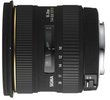 I found yet another wide angle lens that could be of interest: The Sigma 10-20mm f/4-5.6 EX DC HSM [Review]. Although it delivered no overwhelming values in both DigitalPHOTO 05/2007 and ColorFoto 08/2007 due to its vignetting problems in the mid range (though it got a recommendation for the D200 in the same issue), it beat the Tokina 12-24mm f/4 in both the 04/2007 issue of the UK Photography Monthly magazine and the 05/2007 issue of the UK Digital Photo magazine. I found a private tester comparing both lenses to each other and to the Canon EF-S 10-22mm f/3.5-4.5 USM. The main reason why this lens becomes interesting to me is that is reaches a wider angle of 10mm (@16mm) instead of just 12mm (@19mm), what is significant in the wide angle range and provides a noticable wider FOV. Another advantage is that it has an ultrasonic autofocus. A disadvantage is the drop in aperture, but for landscape photography lower f-stops of at least f/8 or f/11 are usual anyway. This already reduces the vignetting, and the effects of vignetting, CA and even optical distortion can be corrected by software anyway; actually, good shots want to be optimized digitally. The lens is at €499 at my dealer.
I found yet another wide angle lens that could be of interest: The Sigma 10-20mm f/4-5.6 EX DC HSM [Review]. Although it delivered no overwhelming values in both DigitalPHOTO 05/2007 and ColorFoto 08/2007 due to its vignetting problems in the mid range (though it got a recommendation for the D200 in the same issue), it beat the Tokina 12-24mm f/4 in both the 04/2007 issue of the UK Photography Monthly magazine and the 05/2007 issue of the UK Digital Photo magazine. I found a private tester comparing both lenses to each other and to the Canon EF-S 10-22mm f/3.5-4.5 USM. The main reason why this lens becomes interesting to me is that is reaches a wider angle of 10mm (@16mm) instead of just 12mm (@19mm), what is significant in the wide angle range and provides a noticable wider FOV. Another advantage is that it has an ultrasonic autofocus. A disadvantage is the drop in aperture, but for landscape photography lower f-stops of at least f/8 or f/11 are usual anyway. This already reduces the vignetting, and the effects of vignetting, CA and even optical distortion can be corrected by software anyway; actually, good shots want to be optimized digitally. The lens is at €499 at my dealer.
Btw, that private tester also compares the 24-70mm f/2.8 lenses of Canon and Sigma to each other.
I drew the following picture of focal length and aperture coverage of my desired lenses:
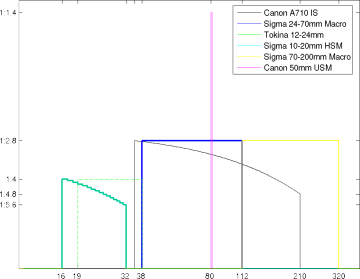
I chose a logarithmic scaling for the horizontal axis, as slight changes in the lower focal lengths already produce a large change in FOV, whereas focal lengths in the high range have to be doubled or even tripled to yield a higher view detail in the same amount. There’s now a gap in the range between 20 and 24mm (@32-38mm), but I don’t consider that as problem. But the big advantage is the wider FOV, what I assume to use more often than its wide end of 20mm (@32mm). Notice the difference:
| Sigma at 10mm | Tokina at 12mm |
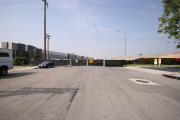 | 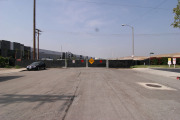 |
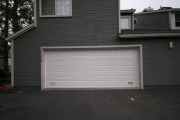 | 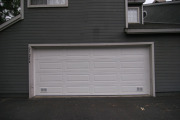 |